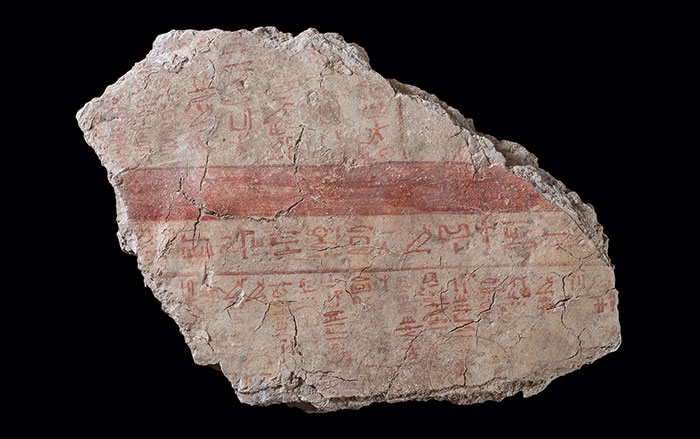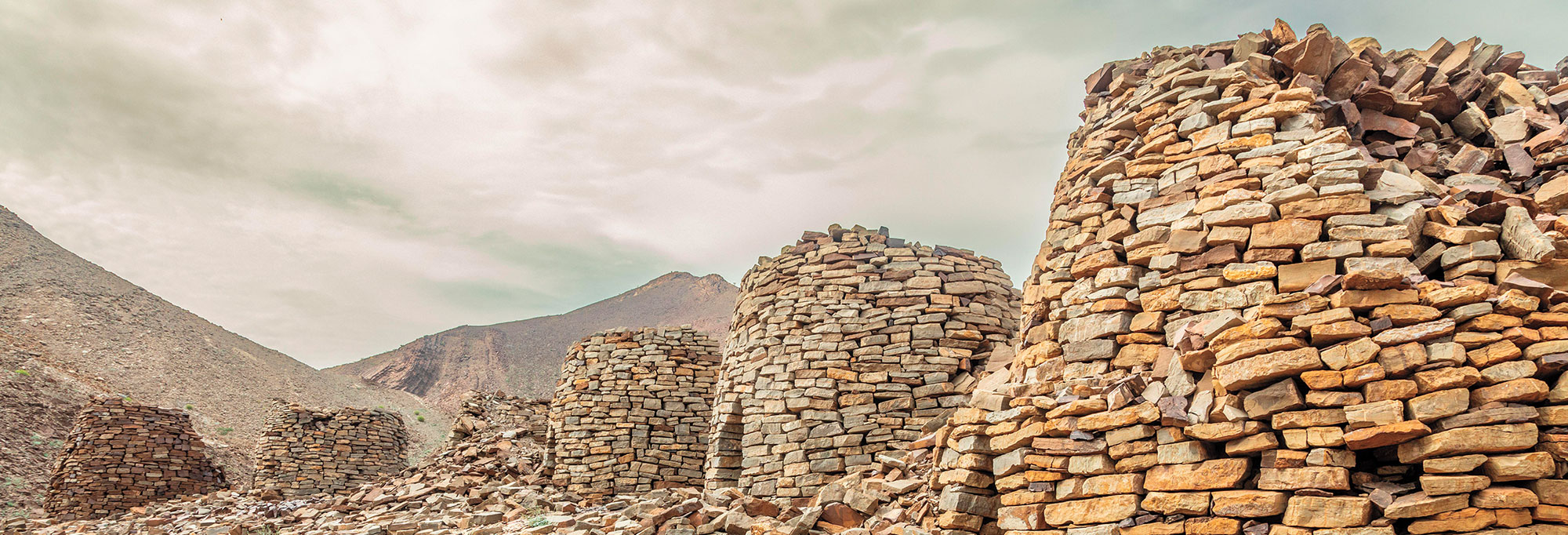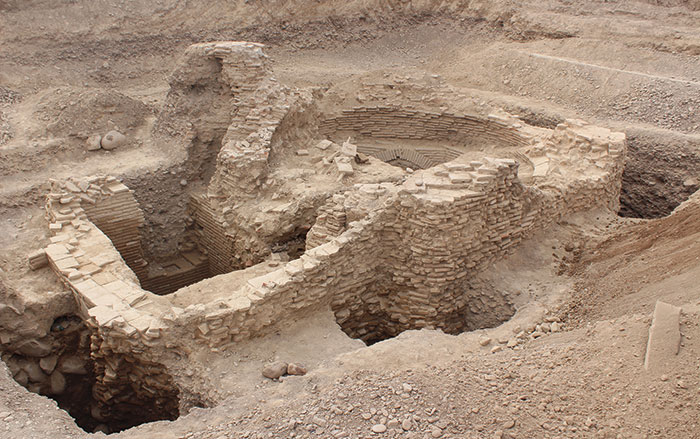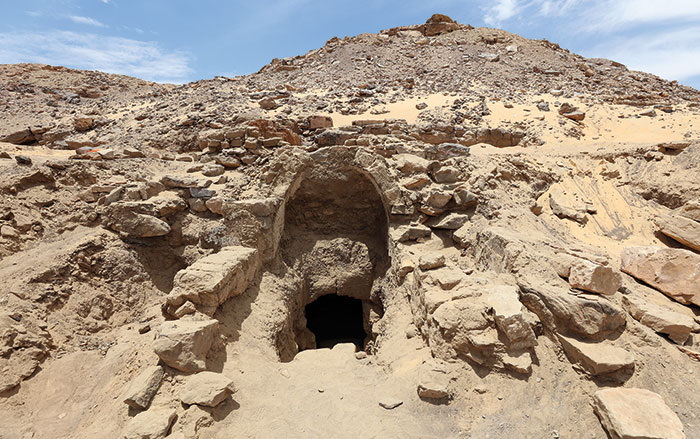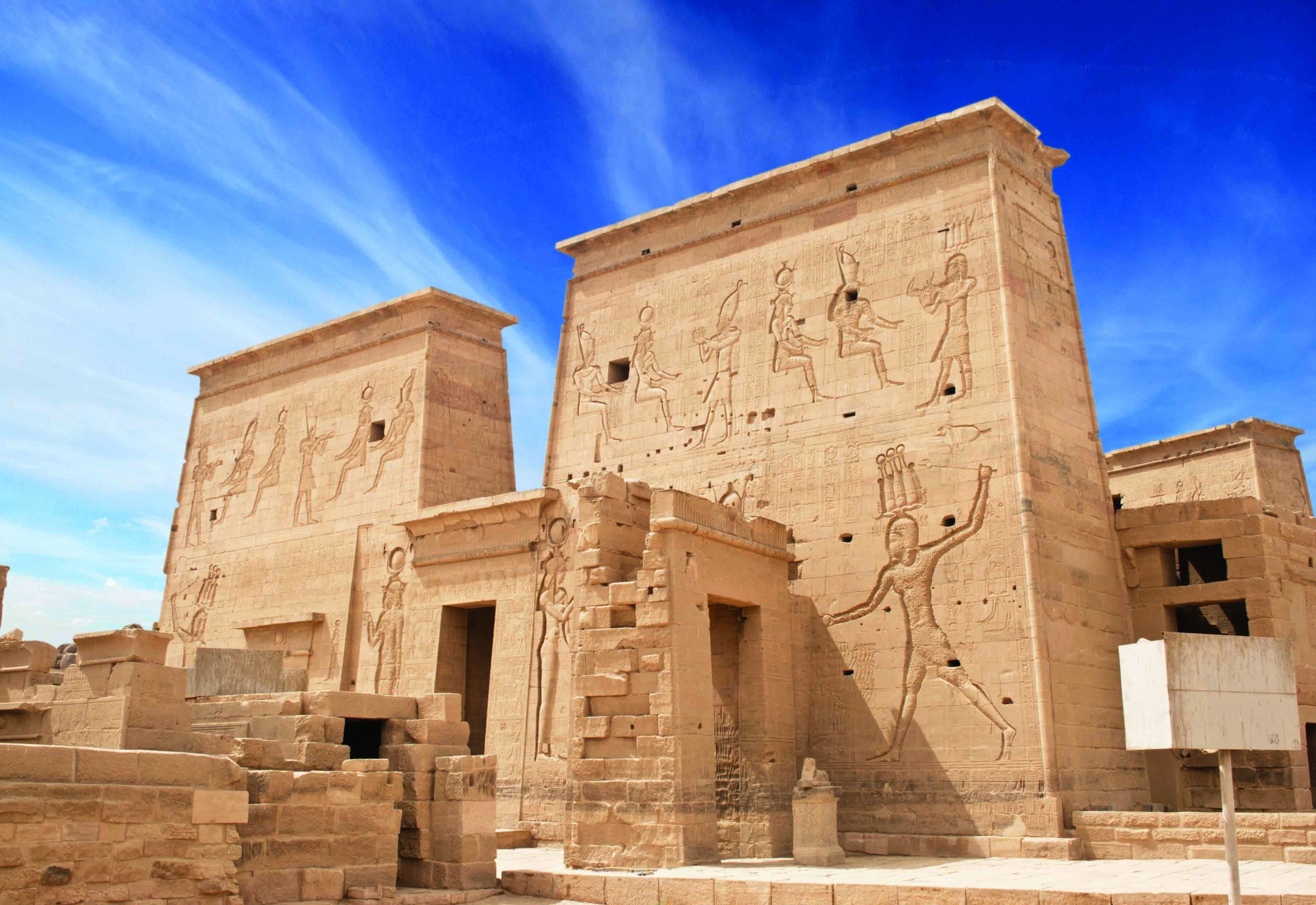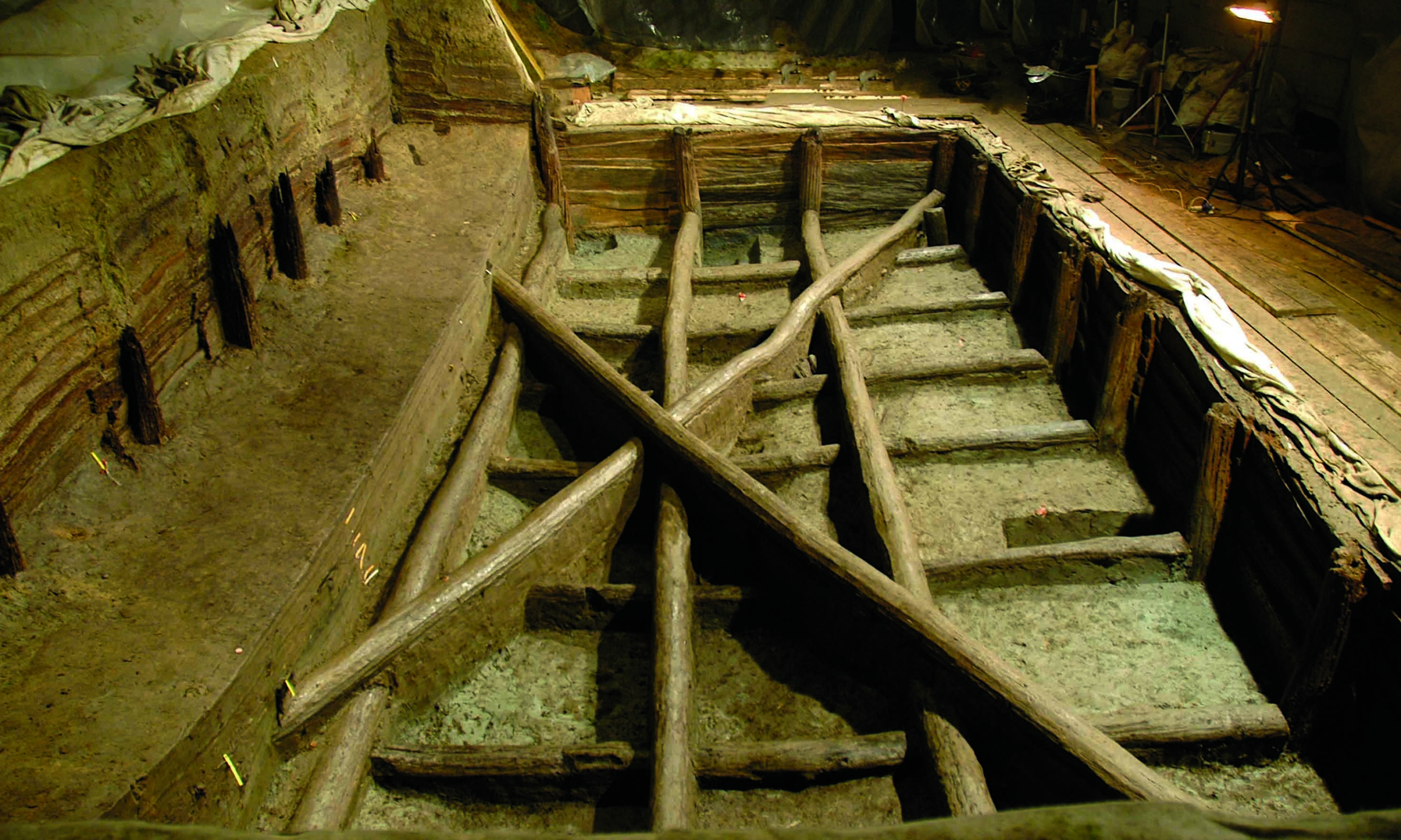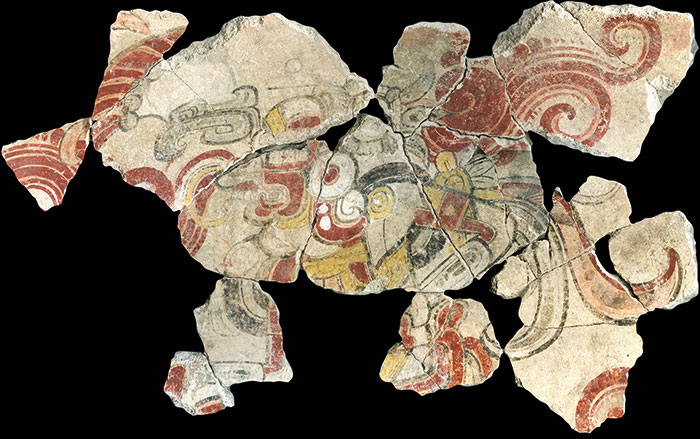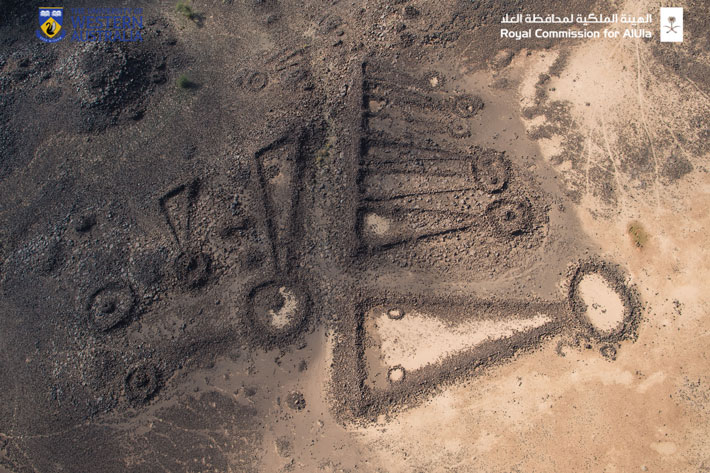
PERTH, AUSTRALIA—Live Science reports that 4,500-year-old funerary avenues in northwestern Saudi Arabia were identified with satellite imagery, aerial photography, ground surveys, and excavations. The avenues run alongside thousands of pendant-shaped stone tombs and cover some 330 miles. Although some of the avenues were lined with red rock, most of them were formed from repeated use by people and their domesticated animals, according to Mat Dalton of the University of Western Australia. The avenues would have facilitated travel from north to south, he explained. Similar avenues may have been built in what are now southern Saudi Arabia and Yemen, he added. “We might even envision funerary processions along avenues from settled oases towards the tombs, but this is purely hypothetical until we find more evidence,” Dalton said. Read the original scholarly article about this research in The Holocene. To read about an aerial survey that identified more than 1,000 stone monuments in northwest Saudi Arabia, go to "Around the World: Saudi Arabia."


